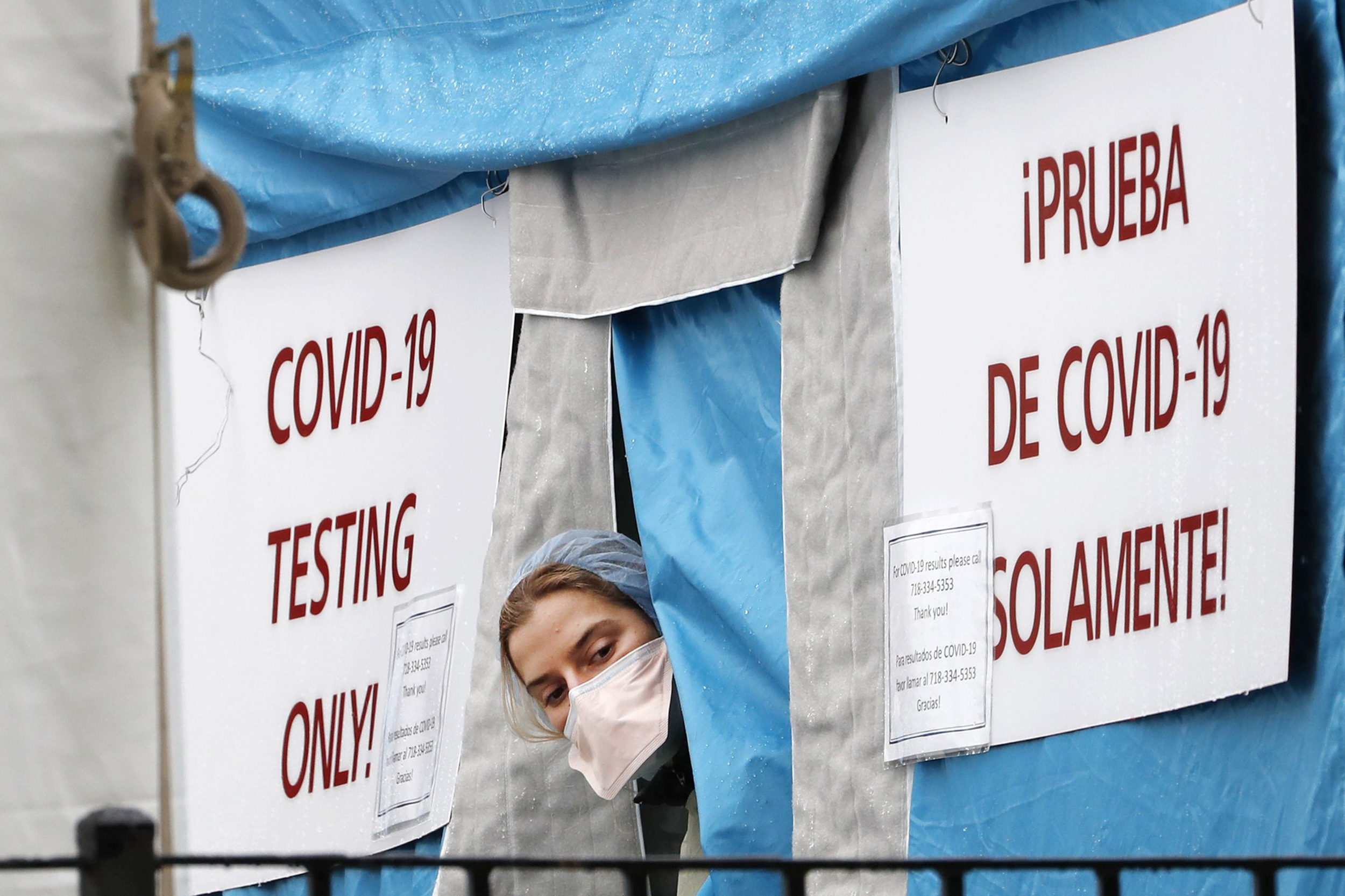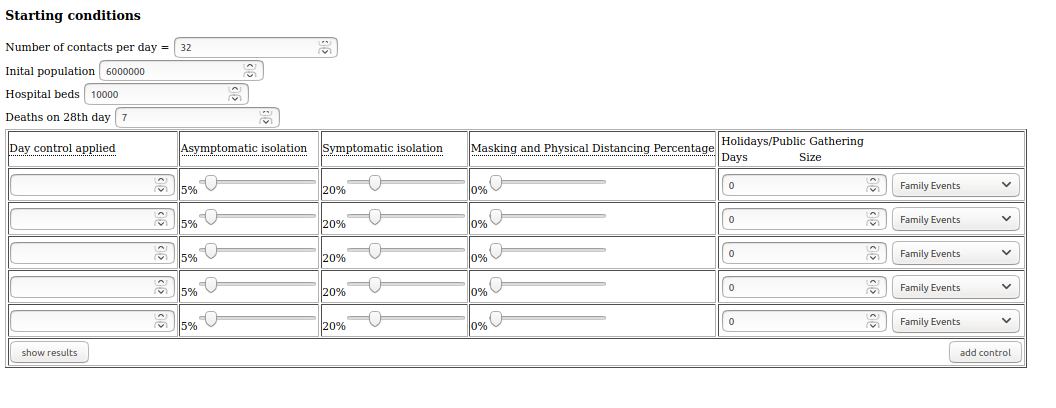

It is August of 2020, and the world is dealing with a pandemic caused by the SARS-COV-2 virus, and the related disease COVID-19. One question on almost everybody's mind is "How will this disease spread?" At GunderFish we are helping answer that question.
The model presented here is a simplified version of the types of models being used to predict the spread around the world.
It is designed to provide a clear, visual demonstration of the effects of some of the social distancing and quarantine policies on
controlling the disease.

The model is based on tracing the progression of the disease through a population, and applying various response policies at specific times during the outbreak. We track the initially uninfected population as they come in contact with infected people, get infected, become symptomatic, and finally to a resolution state: either recovered and (now) immune to the disease, or to a more fatal outcome.
Along the way, we look at decisions made about isolating individuals - these could be people deciding to isolate themselves, regardless of whether they are infected, people becoming symptomatic and either self isolating or being quarantined; and people becoming sick enough to require hospitalization and becoming isolated in the facility.
The model uses three main components:

These three components allow the model to estimate how quickly the virus will spread through he population; how many people will get sick and how quickly; and what the government can do to control the outbreak. The model flow is shown above.
In the simple model, there are high level controls that can be applied - things like "issue a stay at home order."
These create specific changes the the underlying spread components. However in the advanced model, you can craft your own changes.
If you think that only 10% of the people with COVID-19 symptoms will comply with the stay at home order,
you can set the value of the Symptomatic Isolation slider to 10% and see what happens.

